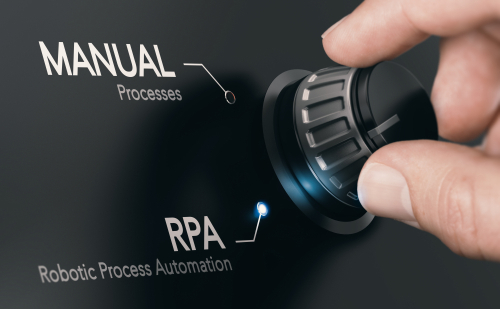With the convenience of technology, you can successfully make transformative changes to your business process. Robotic Process Automation is software that performs manual and repetitive tasks with ease. RPA allows businesses to build, deploy and manage software robots that mirror human actions easily.
Are you a business owner willing to incorporate RPA into your business?
In this blog, we will discuss some tips to incorporate RPA into your business successfully.
Focus on specific goals
Before incorporating RPA, thoroughly study and analyse your current business processes. Identify the tasks that consume a significant amount of time and resources. Also, identify the tasks that have pre-defined rules and certainly predictable outputs. These factors could be the right fit for automation to proceed with.
Also, make sure that your automation software streamlines your workflow, reduces your effort, and helps in achieving long-term goals at a fast pace.
Think long term

Before finalising a particular RPA solution, it is important to think about the long-term utility and the solutions it will serve. It should be a well-planned business move.
With evolving technology, businesses require flexibility to stretch, so the RPA tool should be selected, considering scalability and flexibility as prime parameters. Business owners should clearly understand their priorities and be able to foresee the future usability of the software.
In such cases, Cevitr’s Robotic Process Automation can be one of your best bets.
Calculate ROI
Every business owner seeks to achieve the best results from their investments. Business owners should prioritise ROI and make their decisions accordingly.
ROI is simply measured by dividing an investment’s net benefit by the cost it will incur.
A good RPA software can help reduce 25-35% of your existing manual operation cost without the need for substantial changes to the organisational structure.
Understand the RPA process thoroughly
Business owners must understand the RPA process thoroughly before investing. They should check if the RPA tool can deliver the desired results.
Implementing a tool that fails to fulfil desired objectives might negatively affect your business process further. The workflow will be hampered.
There are numerous companies with good RPA systems providing excellent solutions; if you search for one, you may end up getting five in a row.
Engage the stakeholders and gain support
Convincing all stakeholders about the immediate and long-term benefits of RPA software and making them buy your vision for the organisation’s future could be challenging.
As a business owner, you should communicate the benefits of RPA to every staff member in your organisation. Communicating benefits might not work; more effort could be required.
Addressing members’ concerns and gradually guiding them by demonstrating how RPA could improve their efficiency and contribute to the company’s growth.

Ensuring Data Security
Automation involves handling sensitive data and information for potential use in business. Ensuring data security with the right regulations, such as GDPR, should be a priority.
Adopting measures for safeguarding sensitive data from any potential breach could be a good practice. Plus, enabling regular security audits and implementing robust security measures can help ensure data security.
The checks and balances of data security should be a continuous process with proper monitoring as your business evolves.
Wrapping up
Incorporating RPA into your business process can be a transformative move. It will improve employee efficiency but requires minuscule planning, stakeholder management, and focus on specific goals. With these tips, you can successfully incorporate RPA software into the business process and realise the true potential of RPA.





